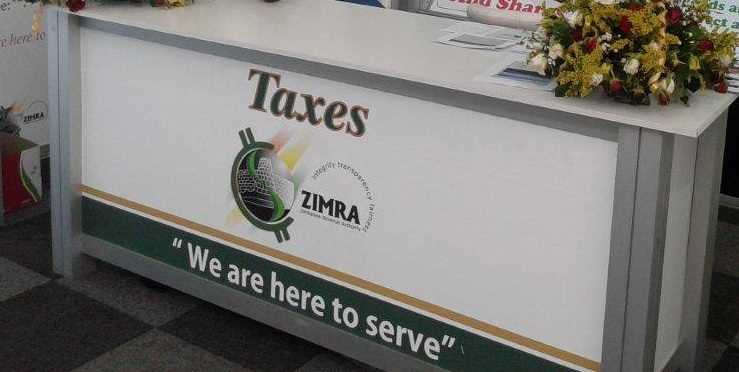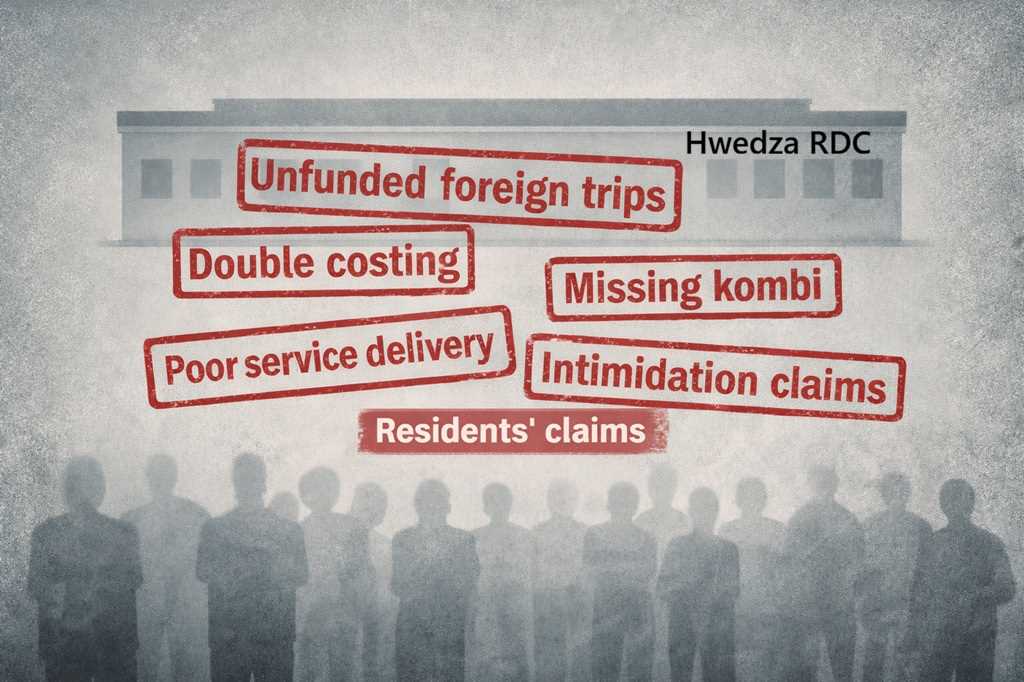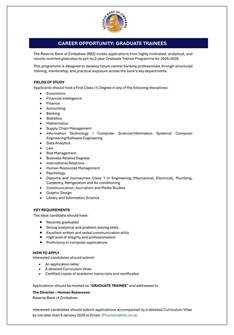
ZIMRA Launches Employee Management Module to Boost Tax Compliance
The Zimbabwe Revenue Authority (ZIMRA) has launched the Employee Management Module under its Tax and Revenue Management System, marking a significant step towards improving tax compliance. The module will be used when submitting Pay As You Earn returns.
This new system follows ZIMRA’s recent efforts to tighten tax enforcement, particularly targeting professionals like architects, engineers, and consultants. The module aims to simplify employee registration and earnings declaration, making tax processes more efficient for employers.
ZIMRA’s Domestic Taxes Commissioner, Misheck Govha, highlighted that the platform allows businesses to register employees, declare earnings, and automatically compute tax obligations.
“Each registered employee will be allocated a Tax Identification Number (TIN), while those already registered will retain their existing TINs,” said Govha.
Related Stories
The Employee Management Module introduces several key features designed to streamline the tax process. Employers are required to declare essential information when registering employees, including marital status, physical disabilities (for both employees and their children), and date of birth. This information enables the system to automatically apply applicable tax credits to employees.
Additionally, the module provides flexible registration options, allowing employers to register employees individually or use the Employee Upload Function to register multiple employees at once.
The system also facilitates the auto-filling of PAYE and the AIDS Levy, automatically populating these amounts on the PAYE return within the Tax Returns Management module.
Another significant feature is the provision for additional tax credits, enabling employers to declare medical aid contributions and medical expenses credits during the earnings declaration process.
ZIMRA has urged all taxpayers and employers to familiarize themselves with the new system to ensure compliance and a smooth transition ahead of its full implementation.




















Leave Comments